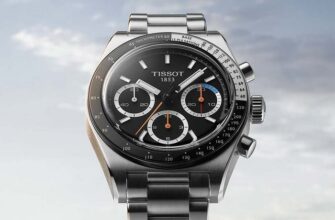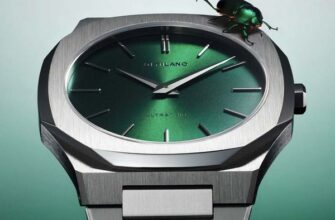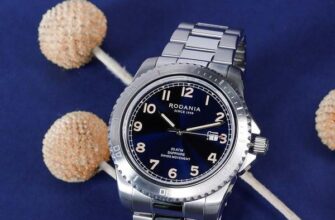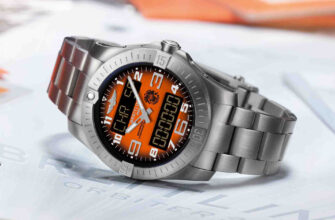Wristwatch cases and bracelets can be made of different materials, and the coating can also be varied. The main metals used are:
- Nickel. Being relatively cheap, it adheres well to other metals. Typically used as a midlayer due to its allergenic properties. Only nickel plating is used in cheap watches.
- Chromium. It is similar in color to nickel and also has strong adhesion to other metals. Chrome plating is used in the production of inexpensive watches.
- Gold. Coating of the base metal with a precious metal by ionic (PVD) or galvanic method, with a thickness of 5 microns. The purity of the deposited gold is measured in karats.
- Titanium nitride. Very durable coating. Can be used as an undercoat before gold plating. This coating not only does not wear off for a long time, but also, due to its hardness, protects the case from scratches.
- Titanium carbide. In terms of strength and durability, it is very close to titanium nitride, but has a black color, slightly reminiscent of the color of weapon steel.
There are other coating materials, such as ceramic, which are as durable and scratch-resistant as titanium coatings.
Unfortunately, any coating wears out sooner or later. Gold plating of any thickness, even 10 microns, will still be erased; it is a matter of time and operating conditions. Much stronger than steel-colored coatings. They can last about 10 years. Here are some averages regarding gold plating wear:
- 0,25 microns - 1-2 months.
- 1 micron - 6-9 months.
- 3 microns - 12-15 months.
- 5 microns - 15-24 months.
- 10 microns - more than 3 years.
Two factors have a very strong influence on the durability of the coating:
- 1. Leather clothing - reduces the service life of the coating by 2 times
- 2. Acidity of the watch owner's sweat.









